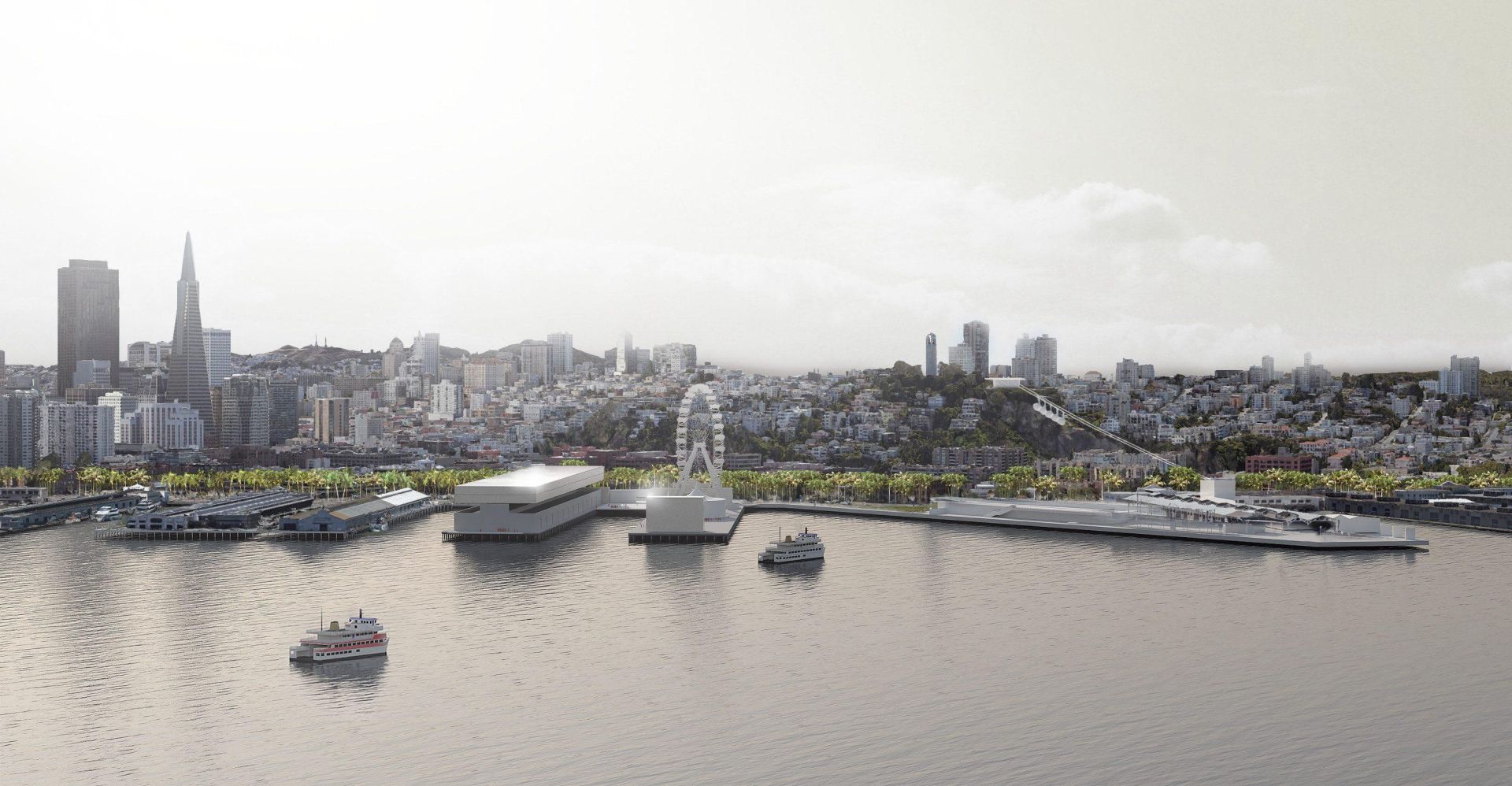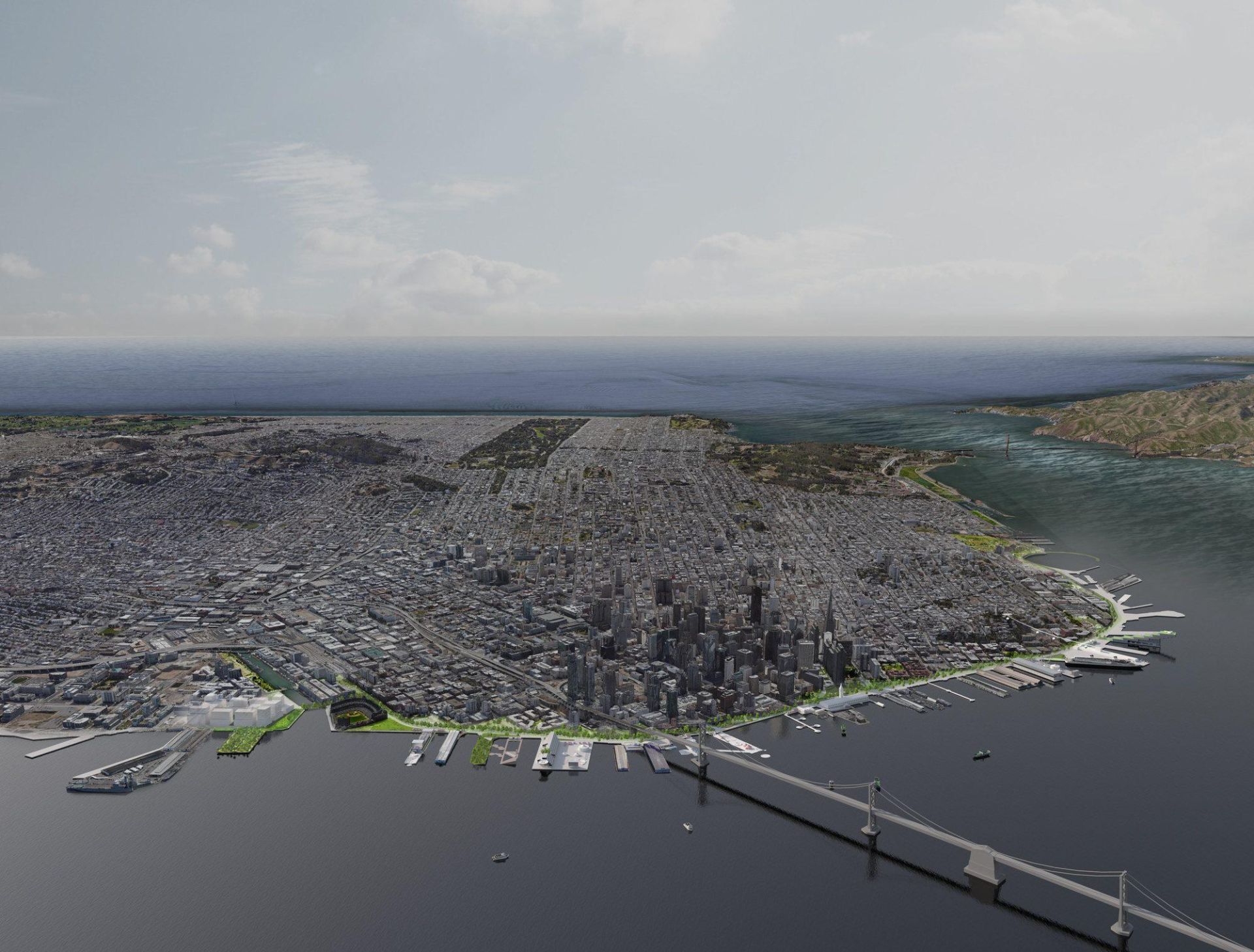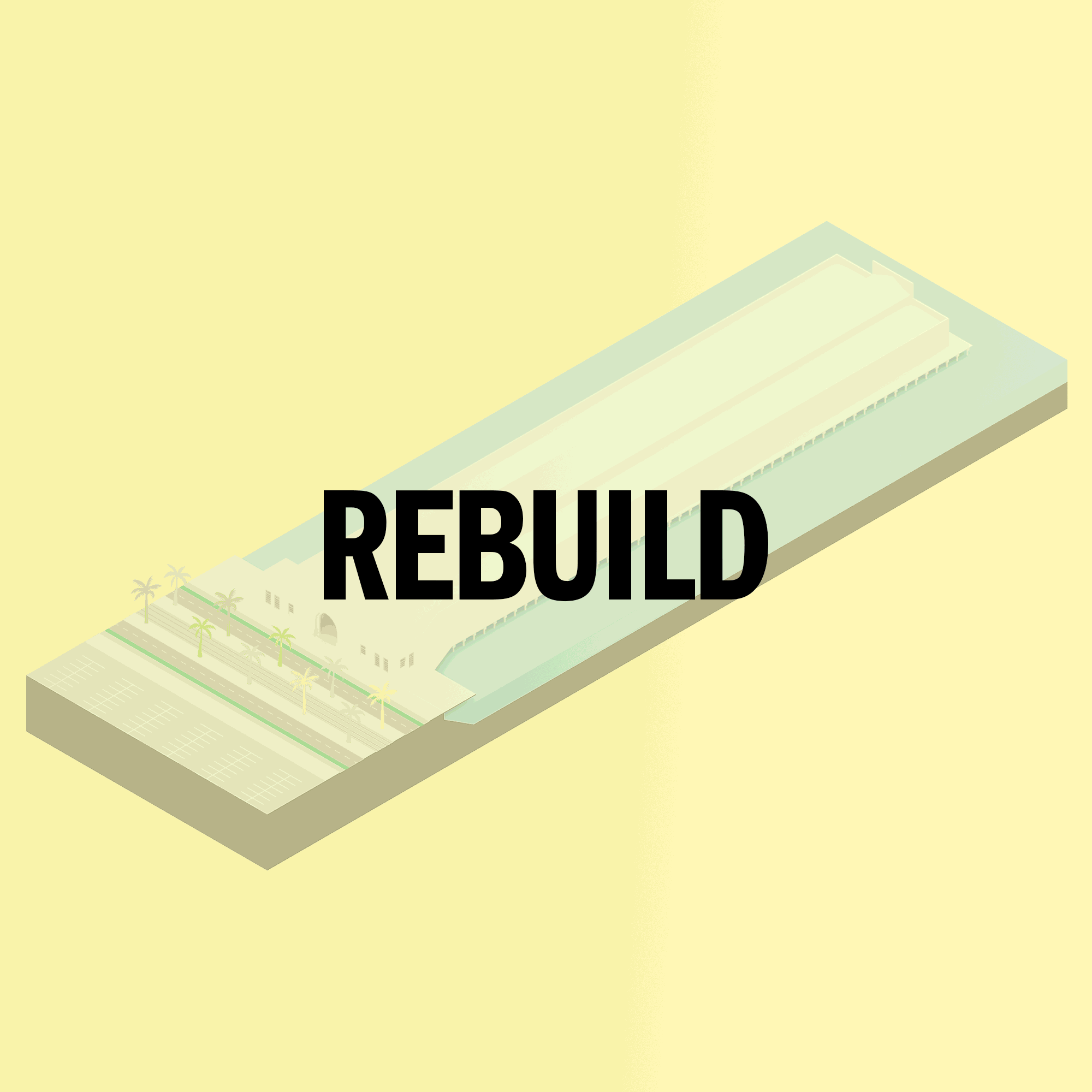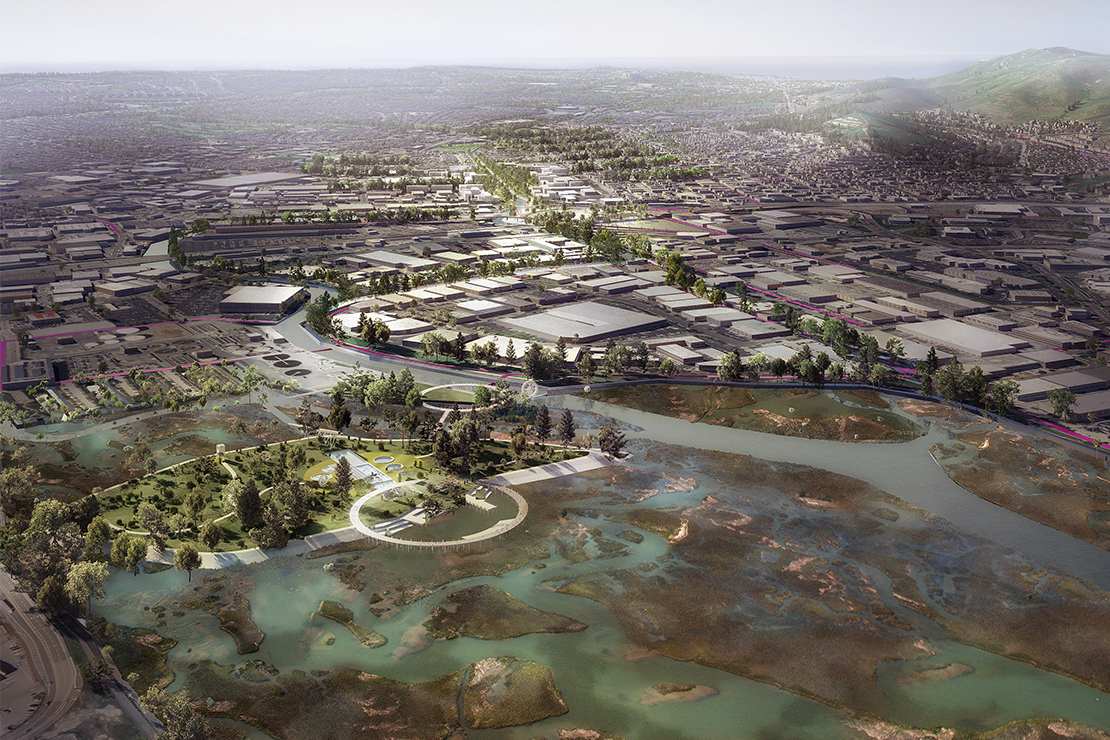It was a once-in-a-century chance to plan the future of the historic but run-down piers in one of the world’s most celebrated waterfront cities.
San Francisco’s famous Embarcadero, a waterfront boulevard and piers district, used to be a vibrant gateway to the world. But the seawall is over 100 years old, and more than 20 piers have disappeared by decaying and falling into the bay.
When the Port Authority decided to restore the shoreline, the city needed a plan to make sure it could withstand future events like earthquakes and sea level rise.
Our proposal preserves the waterfront’s history and culture and offers more public access and diverse uses for residents and tourists to create a vibrant, world class destination.
The plan ties together the piers, sea walls and the Embarcadero, from the Bay Bridge and historic Ferry Building to the tourist attractions of Pier 39 and Fisherman’s Wharf.
It looks to renovate sixteen of the existing piers - extending three of them - and resurrect five of the lost piers as floating structures that are resilient and adaptable to climate change.
In a city that lacks gathering places along its waterfront, this important restoration project opens up more space for public events and celebrations as well as commercial opportunities. Just as importantly, it secures the future of a district that’s synonymous with San Francisco.










